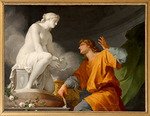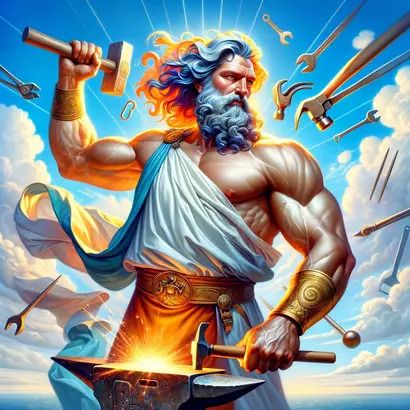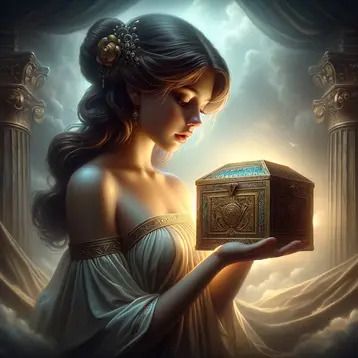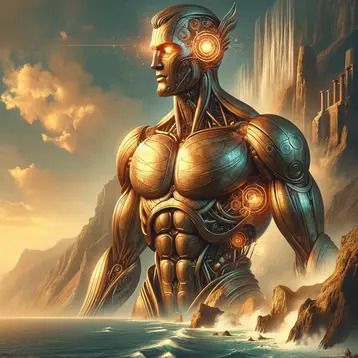
Pygmalion
Pygmalion was a legendary figure of Cyprus, who worked as a sculptor. After seeing the daughters of Propoetus, the Propoetides, prostituting, Pygmalion decided that he was not interested in women, but instead went to create a woman figure out of ivory. After he finished, he was so taken with its beauty and realism, that he fell in love with it. When Aphrodite's festival day came, Pygmalion made offerings but was too afraid to say anything about his love for the sculpture. Instead, he wished for a bride that would be the likeness of his ivory sculpture. Returning back home, he gave a kiss to the statue, and found out that it turned into a woman; the goddess of love made his wish come true. The two of them had a daughter, Paphos, whose name was later given to the city of Cyprus.
Greek mythology is full of similar accounts of living statues, or sculptures that turned to life. Examples include Daedalus, who gave a voice to his statues by using quicksilver; Hephaestus, who created automata; Talos, the bronze man; and Pandora, the woman made of clay.
See Also: Aphrodite, Daedalus, Hephaestus, Talos, Pandora
Pygmalion Q&A
Pygmalion Associations
Link/Cite Pygmalion Page
Written by: The Editors of GreekMythology.com. GreekMythology.com editors write, review and revise subject areas in which they have extensive knowledge based on their working experience or advanced studies.
For MLA style citation use: GreekMythology.com, The Editors of Website. "Pygmalion". GreekMythology.com Website, 09 Mar. 2016, https://www.greekmythology.com/Myths/Mortals/Pygmalion/pygmalion.html. Accessed 26 April 2024.





